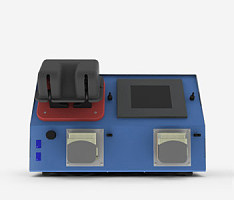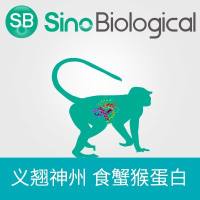The physiological and pharmacological examination of the nervous system enjoyed enormous popularity over the last several decades It is now possible to record the electrical currents generated by ions passing through individual membrane channels and to define precisely the molecular characteristics of individual receptor aggregates Success in these endeavors has arisen, in part, from the use of sophisticated biochemical, electrophysiological, and pharmacological techniques, often carried out in isolated neural tissue. Despite the wealth of information generated by this approach to brain function, our knowledge of how the brain works as a whole to integrate and direct a basic physiological or behavioral drive is still scanty. The brain is well-endowed with putative neurotransmitter molecules whose functions are still unknown The utility of perfusion technology as a potent tool for addressing this problem is outlined in Table 1 and also has been pointed out previously (
Myers, 1972 ) In this chapter, we will examine critically some of the theoretical and methodological issues raised in perfusing cerebral structures, and give descriptions of the methodology involved In view of space limitations, frequent reference to the literature will be made to assist the reader in obtaining precise descriptions of some of the techniques under discussion Of particular value is the 1972 chapter by Myers.
Table 1 Uses of Perfusion Techniques
|
1
|
Survey molecules for suspected neurotransmitter action
|
|
2.
|
Correlate pharmacological actions with specific behaviors and phys-
|
|
|
lologlcal responses
|
|
3.
|
Determine site(s) of action for suspected transmitters and drugs
|
|
4
|
Establish pharmacological profiles
|
|
5,
|
Detect release of endogenous compounds in association with
|
|
|
specific functions
|
|
6.
|
Perform dynamic studies on neurotransmitter turnover
|
|
7.
|
Work with unanesthetized, unstressed preparations
|
|
8.
|
Manipulate brain extracellular environment
|








